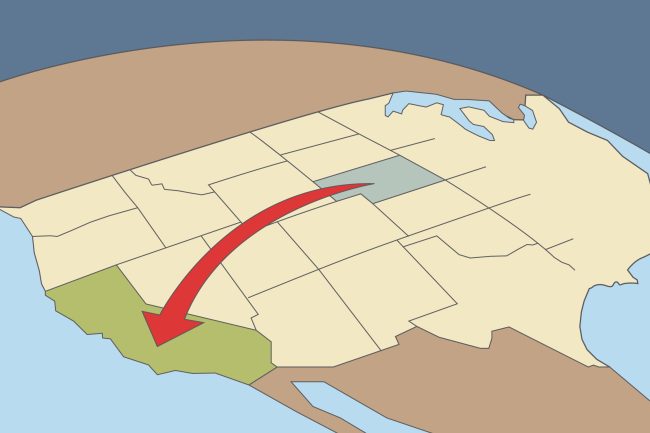There are a few ways to get out of a non-compete, but none of them are easy and they may cost a substantial amount of money. The easiest solution is to obtain a release from the owner of the non-compete for a fixed payment or come to some other agreement. Otherwise, the person seeking to be released will be required to either move outside the jurisdiction of the restraint or go to court and prove the agreement’s terms are unreasonable.
3 Ways to Get Out
1. Getting a Release

The easiest way is to contact the owner of the non-compete, commonly a past employer, and request them to grant a release. This would involve signing a Release Form between the owner and the restrained person.
Unless there is some type of motivation by the owner of the non-compete, it may take a hefty price to sway their decision and invite the restrained individual to be a new competitor.
2. Going Outside the Agreement

There are requirements in every non-compete that it must be for a specific geographical area and time period. Therefore, the restrained person has the option of moving outside the prohibited area or waiting for the non-compete period to end.
If a covenant prohibits a person from working nationwide, they are able to move to California, North Dakota, Oklahoma, or the District of Columbia as those states strictly prohibited the use of a non-compete.
3. Going to Court

If it is determined that a non-compete is invalid, it can be brought to a local court to determine its legality. Determining enforceability is not black and white and requires reviewing state statutes and comparing the judgments of other cases.
A non-compete can be determined to be invalid for being:
- Unreasonable;
- Overly broad;
- Posing an undue hardship; and being
- Against public policy.
The main issue with going to court is even if the court determines a non-compete to be unenforceable, the court may still “blue-pencil” an agreement to make it legal. Most states will amend the language if they decide the agreement was made in good faith.